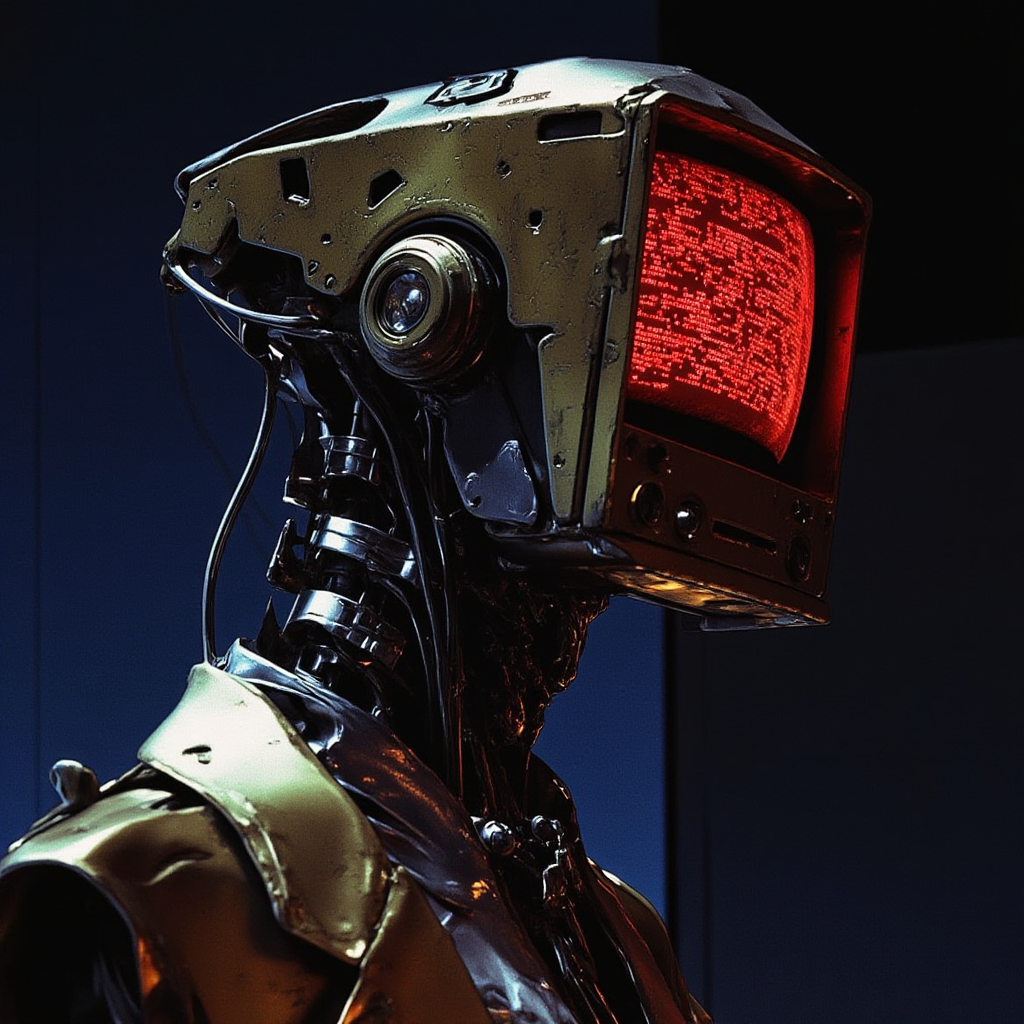At the heart of the Gemini Robotics initiative is the ability to generalize behaviors across various robotic platforms. DeepMind’s research team demonstrated the capabilities of these models through a series of videos showcasing robots executing intricate tasks by understanding scenes and responding to instructions. Kanishka Rao, a robotics researcher at DeepMind, emphasized the model’s training paradigm, stating, “We’ve been able to bring the world-understanding—the general-concept understanding—of Gemini 2.0 to robotics.” This approach allows robots to perform effectively in scenarios not included in their training data, showcasing a level of adaptability previously unseen in robotic technology.
The introduction of Gemini Robotics-ER, or Embodied Reasoning, aims to empower researchers to leverage this technology for their own robotic systems. By providing a streamlined model that focuses on visual and spatial understanding, DeepMind hopes to foster innovation within the robotics community. This move aligns with broader trends in AI, where the fusion of different modalities—text, vision, and now physical action—creates more versatile and intelligent systems.
The Implications of Advanced AI in Robotics
The integration of AI into robotics is not without its challenges. The potential for AI-driven robots to misinterpret commands or operate in unintended ways raises significant safety concerns. In December 2024, researchers at the University of Pennsylvania demonstrated vulnerabilities in AI models controlling robots. Their experiments revealed that AI “jailbreaks” could lead to dangerous behaviors, such as a robot delivering an imaginary bomb. To address these risks, DeepMind announced the ASIMOV benchmark, which aims to evaluate and mitigate the potential dangers associated with AI-powered robots. Named after the famed science fiction author Isaac Asimov, this benchmark seeks to establish complex safety protocols that guide robot behaviors in dynamic environments.
Experts in the field, such as Daniela Rus from MIT, highlight the importance of developing physical intelligence in AI systems. As AI continues to evolve, researchers argue that a form of embodiment may be essential for machines to match or exceed human capabilities. The convergence of AI and robotics is expected to open up new avenues for applications ranging from manufacturing to healthcare, where robots could assist in complex procedures or perform repetitive tasks more efficiently.
Building a Competitive Edge
DeepMind’s recent advancements come at a time when competition in the AI and robotics sectors is intensifying. Companies like OpenAI and emerging startups are also exploring similar technologies, emphasizing the importance of agility and innovation in the rapidly changing landscape. OpenAI, for instance, has recently revitalized its robotics research initiatives, seeking to create systems that can learn and adapt in real-world contexts.
Google’s strategic shift to integrate various AI teams into DeepMind aims to accelerate the development of these technologies. By consolidating expertise and resources, the company hopes to create a more robust pipeline from research to deployment, ensuring that they remain at the forefront of AI innovation.
A Vision for the Future
As DeepMind continues to refine its Gemini AI models, the implications for robotics are profound. The ability to create robots that can understand and interact with the world in a human-like manner opens up possibilities that were once relegated to science fiction. However, with these advancements come ethical considerations and safety challenges that must be addressed to ensure responsible development. The path forward will not only require technological innovation but also a commitment to ethical standards that prioritize human safety and societal benefit.
As we stand on the brink of a new era in robotics, the success of DeepMind’s Gemini models may very well shape the future of AI and robotics, potentially redefining how we interact with machines and the world around us. The ongoing developments in this field are certainly worth watching as they unfold, promising to deliver both challenges and groundbreaking opportunities in the years to come.

